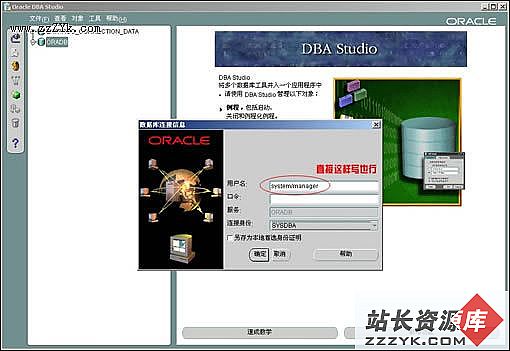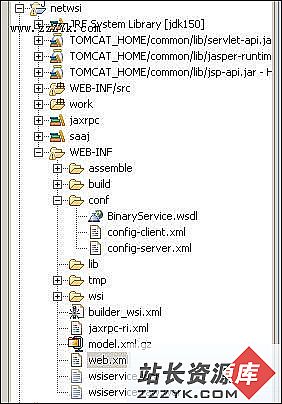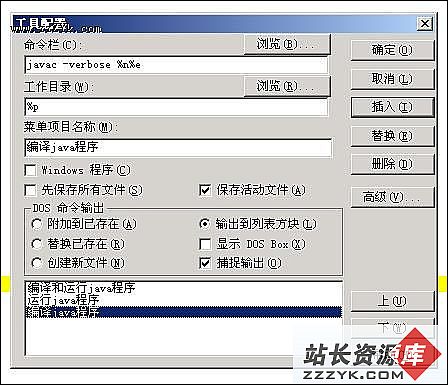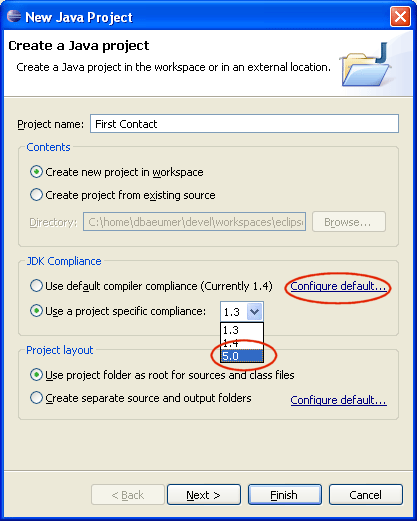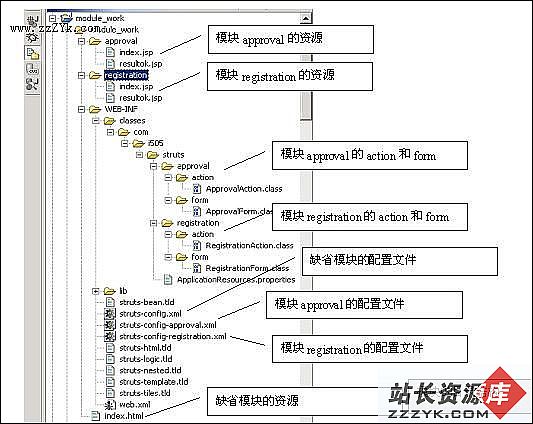jdbc如何在Servlet中应用高级技术知识(四)
DBConnetionManager的构造函数是私有函数,以避免其他类创建其实例。
private DBConnectionManager() {
init();
}
DBConnetionManager的客户调用getInstance()方法来得到该类的单一实例的引用。
static synchronized public DBConnectionManager getInstance() {
if (instance == null) {
instance = new DBConnectionManager();
}
clients++;
return instance;
}
单一的实例在第一次调用时创建,以后的调用返回该实例的静态应用。一个计数器纪录所有的客户数,直到客户释放引用。这个计数器在以后用来协调关闭连接池。
一、初始化
构造函数调用一个私有的init()函数初始化对象。
private void init() {
InputStream is = getClass().getResourceAsStream("/db.properties");
Properties dbProps = new Properties();
try {
dbProps.load(is);
}
catch (Exception e) {
System.err.println("Can not read the properties file. " +
"Make sure db.properties is in the CLASSPATH");
return;
}
String logFile = dbProps.getProperty("logfile",
"DBConnectionManager.log");
try {
log = new PrintWriter(new FileWriter(logFile, true), true);
}
catch (IOException e) {
System.err.println("Can not open the log file: " + logFile);
log = new PrintWriter(System.err);
}
loadDrivers(dbProps);
createPools(dbProps);
}
方法getResourceAsStream()是一个标准方法,用来打开一个外部输入文件。文件的位置取决于类加载器,而标准的类加载器从classpath开始搜索。Db.properties文件是一个Porperties格式的文件,保存在连接池中定义的key-value对。下面一些常用的属性可以定义:
drivers 以空格分开的jdbc驱动程序的列表
logfile 日志文件的绝对路径
每个连接池中还使用另一些属性。这些属性以连接池的名字开头:
url属性是必须的,其他属性可选。用户名和密码必须和所定义的数据库匹配。
下面是windows平台下的一个db.properties文件的例子。有一个InstantDB连接池和一个通过odbc连接的access数据库的数据源,名字叫demo。
drivers=sun.jdbc.odbc.JdbcOdbcDriver jdbc.idbDriver
logfile=D:\\user\\src\\java\\DBConnectionManager\\log.txt
idb.url=jdbc:idb:c:\\local\\javawebserver1.1\\db\\db.prp
idb.maxconn=2
access.url=jdbc:odbc:demo
access.user=demo
access.password=demopw
注意,反斜线在windows平台下必须双写。
初始化方法init()创建一个Porperties对象并装载db.properties文件,然后读取日志文件属性。如果日志文件没有命名,则使用缺省的名字DBConnectionManager.log在当前目录下创建。在此情况下,一个系统错误被纪录。
方法loadDrivers()将指定的所有jdbc驱动程序注册,装载。
private void loadDrivers(Properties props) {
String driverClasses = props.getProperty("drivers");
StringTokenizer st = new StringTokenizer(driverClasses);
while (st.hasMoreElements()) {
String driverClassName = st.nextToken().trim();
try {
Driver driver = (Driver)
Class.forName(driverClassName).newInstance();
DriverManager.registerDriver(driver);
drivers.addElement(driver);
log("Registered JDBC driver " + driverClassName);
}
catch (Exception e) {
log("Can not register JDBC driver: " +
driverClassName + ", Exception: " + e);
}
}
}
loadDrivers()使用StringTokenizer将dirvers属性分成单独的driver串,并将每个驱动程序装入java虚拟机。驱动程序的实例在JDBC 的DriverManager中注册,并加入一个私有的向量drivers中。向量drivers用来关闭和注销所有的驱动程序。
然后,DBConnectionPool对象由私有方法createPools()创建。
private void createPools(Properties props) {
Enumeration propNames = props.propertyNames();
while (propNames.hasMoreElements()) {
String name = (String) propNames.nextElement();
if (name.endsWith(".url")) {
String poolName = name.substring(0, name.lastIndexOf("."));
String url = props.getProperty(poolName + ".url");
if (url == null) {
log("No URL specified for " + poolName);
continue;
}
String user = props.getProperty(poolName + ".user");
String password = props.getProperty(poolName + ".password");
String maxconn = props.getProperty(poolName + ".maxconn", "0");
int max;
try {
max = Integer.valueOf(maxconn).intValue();
}
catch (NumberFormatException e) {
log("Invalid maxconn value " + maxconn + " for " +
poolName);
max = 0;
}
DBConnectionPool pool =
new DBConnectionPool(poolName, url, user, password, max);
pools.put(poolName, pool);
log("Initialized pool " + poolName);
}
}
}
一个枚举对象保存所有的属性名,如果属性名带有.url结尾,则表示是一个连接池对象需要被实例化。创建的连接池对象保存在一个Hashtable实例变量中。连接池名字作为索引,连接池对象作为值。
二、得到和返回连接
DBConnectionManager提供getConnection()方法和freeConnection方法,这些方法有客户程序使用。所有的方法以连接池名字所参数,并调用特定的连接池对象。
public Connection getConnection(String name) {
DBConnectionPool pool = (DBConnectionPool) pools.get(name);
if (pool != null) {
return pool.getConnection();
}
return null;
}
public Connection getConnection(String name, long time) {
DBConnectionPool pool = (DBConnectionPool) pools.get(name);
if (pool != null) {
return pool.getConnection(time);
}
return null;
}
public void freeConnection(String name, Connection con) {
DBConnectionPool pool = (DBConnectionPool) pools.get(name);
if (pool != null) {
pool.freeConnection(con);
}
}
三、关闭
最后,由一个release()方法,用来完好地关闭连接池。每个DBConnectionManager客户必须调用getInstance()方法引用。有一个计数器跟踪客户的数量。方法release()在客户关闭时调用,技术器减1。当最后一个客户释放,DBConnectionManager关闭所有的连接池。
List 11-14
public synchronized void release() {
// Wait until called by the last client
if (--clients != 0) {
return;
}
Enumeration allPools = pools.elements();
while (allPools.hasMoreElements()) {
DBConnectionPool pool = (DBConnectionPool) allPools.nextElement();
pool.release();
}
Enumeration allDrivers = drivers.elements();
while (allDrivers.hasMoreElements()) {
Driver driver = (Driver) allDrivers.nextElement();
try {
DriverManager.deregisterDriver(driver);
log("Deregistered JDBC driver " + driver.getClass().getName());
}
catch (SQLException e) {
log(e, "Can not deregister JDBC driver: " +
driver.getClass().getName());
}
}
}
当所有连接池关闭,所有jdbc驱动程序也被注销。
学习电脑编程语言,请点 www.zzzyk.com《电脑教程》栏目
